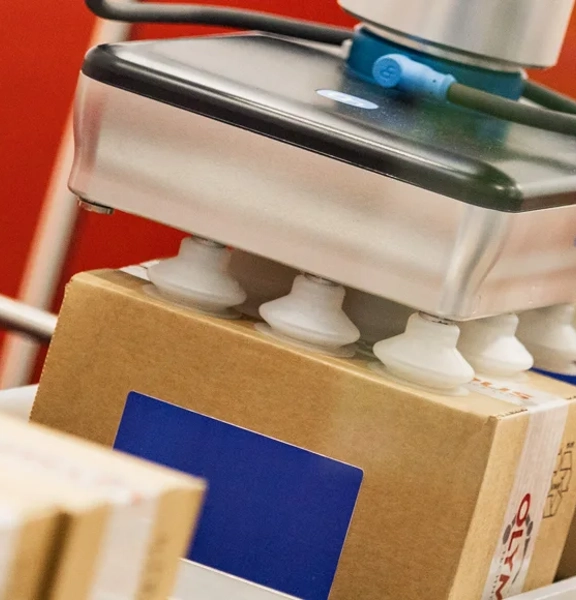Become a member
Take advantage of exclusive member benefits, world class events, networking and specialist support








 Become a member
Become a member 


 Autonomous mobile robots & Guides vehicles’
Advanced robotics
Autonomous mobile robots & Guides vehicles’
Advanced robotics

Selective Compliance Assembly Robot Arms (SCARA) are specifically designed for peg board type assembly and are heavily used in the electronics industry. They’re very stiff in the vertical direction but have a degree of compliance in the horizontal plane.
This enables minor errors in the placement of components to be accounted for. These robots tend to be fairly small and are capable of operating at high speeds. These manufacturing technologies are used for assembly, palletisation and machine loading.ore suitable.
The DELTA Robot is a parallel robot that comprises multiple kinematic chains interconnecting the base with the end-effector. It’s often used to handle small products such as confectionery but larger items can also be accommodated.
One recently developed pick and place system saw the gripper making use of the rotation axis of the robot to affect pitch changes on the fly, as the robot moves from the pick position to the placement position, where products are deposited side by side and without any gaps.
The key concept of the DELTA robot is the use of parallelograms as manufacturing technologies. These parallelograms restrict the movement of the end platform to pure translation (only movement in the X, Y or Z direction). The robot’s base is mounted above the workspace and all the actuators are located on it.
From the base, three middle-jointed arms extend. The ends of these arms are connected to a small triangular platform. Actuation of the input links will move the triangular platform along the X, Y or Z direction. Actuation can be done with linear or rotational actuators, with or without reductions.
Since the actuators are all located in the base, the arms can be made of a light composite material. As a result of this, the moving parts of the Delta robot have a small inertia. This allows for very high speed and high acceleration.
Other versions of the DELTA robot have been developed such as a DELTA with six degrees of freedom and on the end effector is placed a serial kinematic of three rotational degrees of freedom.
To enhance pick & place systems, vision solutions can be used, installations can identify a variety of object characteristics in preparation for picking, which include position, colour, size, product, weight and even orientation.
The design of the end effector is one of the most important elements of any robot system. Although there are many different types available, the most commonly used robot grippers are finger grippers. These will generally have two opposing fingers or three fingers like a lathe chuck.
The fingers are driven together so that once gripped, any part is centred in the gripper. Two-finger grippers can be further split into parallel motion or angular motion fingers. Where flexible or fragile objects are being handled, the use of either vacuum or magnetic grippers is m